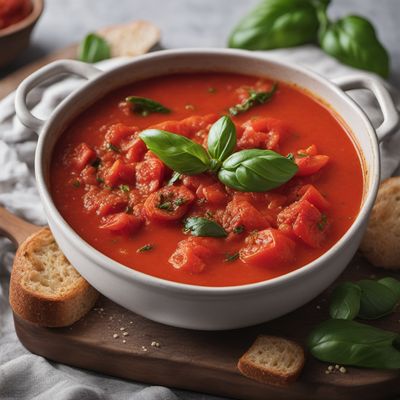
Dish
Pappa al pomodoro
Tomato and bread soup
Pappa al pomodoro is made by simmering stale bread, tomatoes, garlic, and olive oil in a pot until the bread has absorbed all the liquid and the soup has thickened. The soup is then seasoned with salt and pepper and served hot. The dish is a great way to use up stale bread and is a staple in Tuscan cuisine. It is often served with a drizzle of olive oil and a sprinkle of fresh basil.
Origins and history
Pappa al pomodoro originated in Tuscany, Italy, where it was a popular peasant dish. It was a way to use up stale bread and tomatoes that were abundant in the region. The dish has been around for centuries and is still a popular dish in Tuscany today.
Dietary considerations
Vegetarian, vegan, can be made gluten-free with gluten-free bread
Variations
There are many variations of Pappa al pomodoro, some include adding onions, carrots, and celery to the soup. Some recipes also call for adding chicken or vegetable broth to the soup to give it more flavor.
Presentation and garnishing
Pappa al pomodoro is traditionally served in a rustic bowl with a drizzle of olive oil and a sprinkle of fresh basil. It can also be garnished with a sprinkle of Parmesan cheese.
Tips & Tricks
To make the soup even heartier, add a can of cannellini beans to the soup. This will add protein and make the soup more filling.
Side-dishes
Pappa al pomodoro is often served with a side of grilled vegetables or a simple salad. It can also be served with a side of crusty bread to dip into the soup.
Drink pairings
Pappa al pomodoro pairs well with a light red wine such as Chianti or Sangiovese. It can also be paired with a crisp white wine such as Pinot Grigio.
Delicious Pappa al pomodoro recipes
More dishes from this category... Browse all »

Achu Soup
Cameroonian cuisine

Ash-e jo
Iranian cuisine

Aukstā zupa
Latvian cuisine
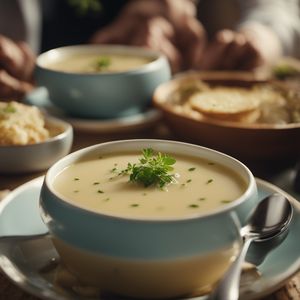
Badische Zwiebelsuppe
German cuisine

Barszcz czysty czerwony
Polish cuisine

Bessara
Moroccan cuisine

Bieta in brodo
Italian cuisine

Bob chorba
Bulgarian cuisine
More cuisines from this region... Browse all »
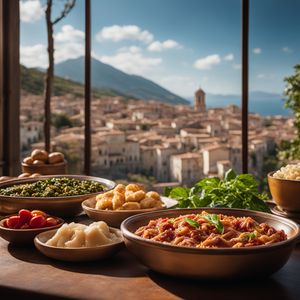
Abruzzese and Molisan cuisine
Savory, Earthy, Rustic, Hearty
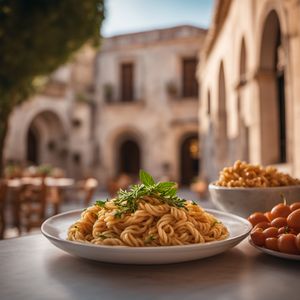
Apulian cuisine
Fresh, Savory, Rustic, Simple
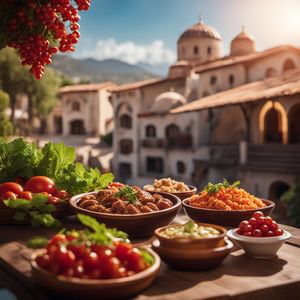
Arbëreshë cuisine
Savory, Tangy, Herbaceous, Spicy

Basilicatan (Lucanian) cuisine
Savory, Earthy, Rustic, Hearty
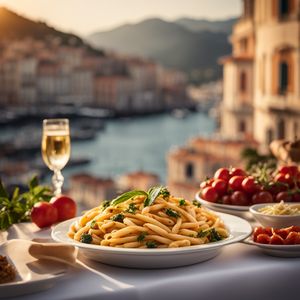
Ligurian cuisine
Light, Delicate, Herbaceous, Salty
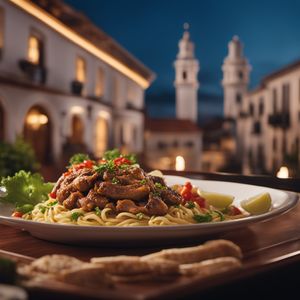
Lombard cuisine
Rich, Savory, Meaty, Cheesy

Neapolitan cuisine
Bold, Savory, Spicy, Tangy, Fresh

Roman cuisine
Fresh, Light, Herbaceous, Tangy, Savory

